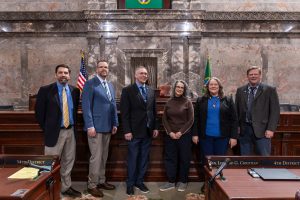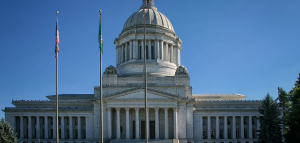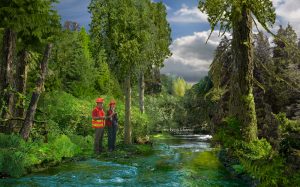Protecting and enhancing the values of sustainable working forests.
WASHINGTON FOREST PROTECTION ASSOCIATION
Washington State Wildfires
REDUCING THE RISK OF CATASTROPHIC WILDFIRES
Introducing fire back into fire-dependent ecosystems in a safe and responsible manner is a key strategy to prevent catastrophic wildfires.
Fire is a natural and essential part of a healthy ecosystem. In contrast, catastrophic wildfires can harm fish and wildlife species, impact air quality, and endanger the safety of Washington’s communities. While only a small percentage of wildfires become catastrophic, they are responsible for the majority of total acreage burned. The most significant threat of catastrophic wildfire today lies in U.S. National Forests, where decades of fire suppression practices in the 20th century have led to dangerous fuel levels. Recognizing that fire knows no boundaries, private forest landowners in the state are working together with local, state, and federal governments to secure additional funding for firefighting and prevention efforts, as well as to research and implement the best fire management practices.

Active Fire Management Tools Can Save Our Forests
Scientific research demonstrates that proactive forest management can restore ecosystem health and enhance habitat quality through various fire management tools. These tools include selective harvesting, thinning treatments, brush removal, and pruning, which help reduce the overcrowding of trees, branches, and undergrowth in forests. In areas with an excess accumulation of fuels, a combination of thinning small trees and clearing brush followed by controlled burning can be the most effective method for reducing the risk of catastrophic wildfires. “Prescribed fires” are managed fires intentionally used to clear heavy vegetation under trees, prepare new seed beds, and dispose of excess wood debris on the forest floor. All of these active fire management tools contribute to more manageable forest fires and reduced smoke emissions during controlled burns. Learn more about reducing the risk of catastrophic wildfires.
Learn More About Reducing the Risk of Catastrophic Wildfire


